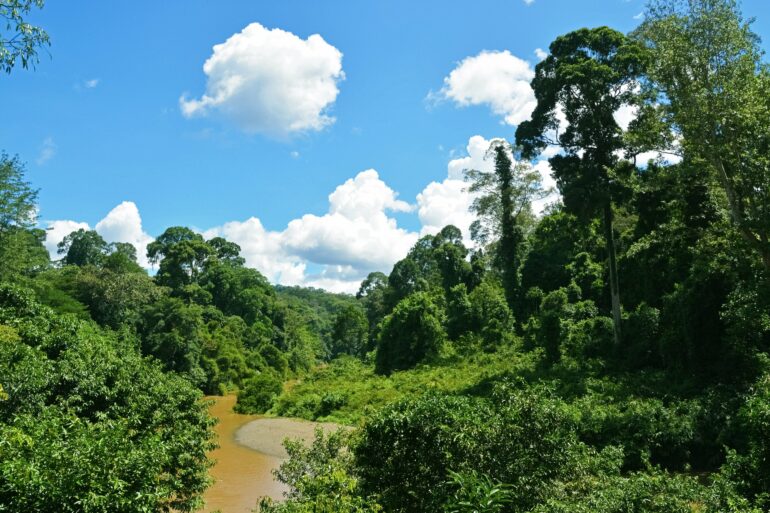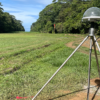Since 2015, the Amazon has been slower to recover from increasing drought events, but, overall, the rainforest still shows a remarkable resilience. New international research led by KU Leuven Earth and environmental scientists shows that forest degradation due to drought has been most pronounced in the southern Amazon, where human impact is greatest.
Since the turn of the century, four extreme droughts have occurred in the Amazon rainforest. Droughts of that kind should normally occur only once per century. This shows an evident increase in droughts in the largest rainforest on our planet.
In a new study, published in PNAS, researchers from the Department of Earth and Environmental Sciences and the KU Leuven Plant Institute analyze whether and to which extent the Amazon rainforest can withstand these changing conditions.
“The Amazon rainforest greatly depends on the internal rain cycle, where the forest produces part of its own rain through leaf transpiration,” says doctoral researcher Johanna Van Passel, lead author of the paper. “Drought in one specific part can lead to forest degradation and dieback, which can, in turn, have negative effects for the rest of the rainforest.”
Tipping point not (yet) reached
The researchers used monthly satellite images spanning from 2001 to 2019 to determine how the vegetation reacts to repeated periods of drought.
“The color of the tree canopy can give us information about the health and resilience of the forest,” explains Professor Ben Somers. “The color always changes throughout the seasons, but if, over the course of the years, the trees need more and more time to recover, then something else is at play. In this case, we talk about ‘critical slowing down,’ which could mean that the ecosystem is about to reach a tipping point towards large-scale forest dieback and would eventually change into a degraded system with less diversity and complexity.”
The results of the study show that, for now, the Amazon rainforest is not yet going to reach this kind of tipping point. “In general, the forest still shows great resilience, which is a positive and optimistic finding,” says Van Passel. “We do see a considerable slowing down in the recovery of the tropical rainforest since 2015. This is most pronounced in the south, where the stability of the forest is under severe stress, and the human impact is greatest.”
The researchers also found that mainly the intensity and duration of the drought periods led to forest degradation, more than the number of drought periods. “The intensity and frequency of droughts will very likely continue to increase due to climate change. It is therefore crucial that we try to protect the remaining resilience in most of the Amazon rainforest.”
More information:
Johanna Van Passel et al, Critical slowing down of the Amazon forest after increased drought occurrence, Proceedings of the National Academy of Sciences (2024). DOI: 10.1073/pnas.2316924121
Citation:
Increasing drought puts the resilience of the Amazon rainforest to the test (2024, May 20)



